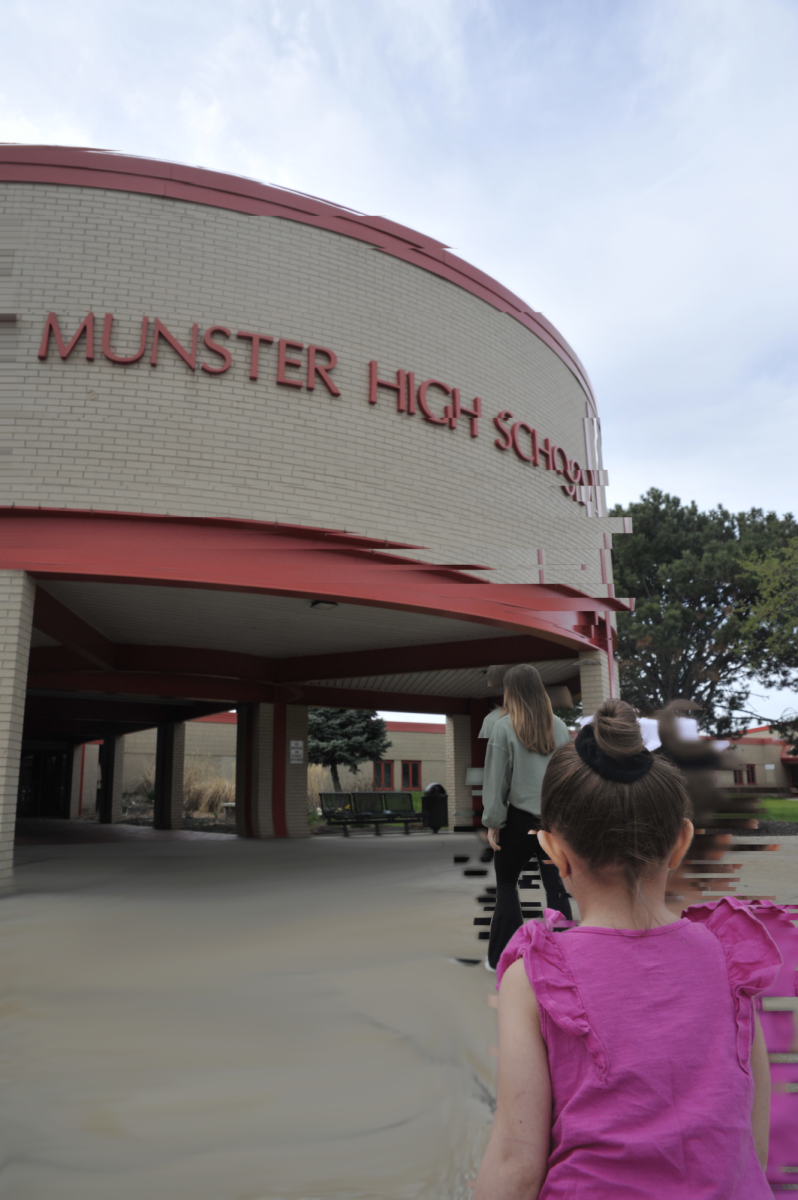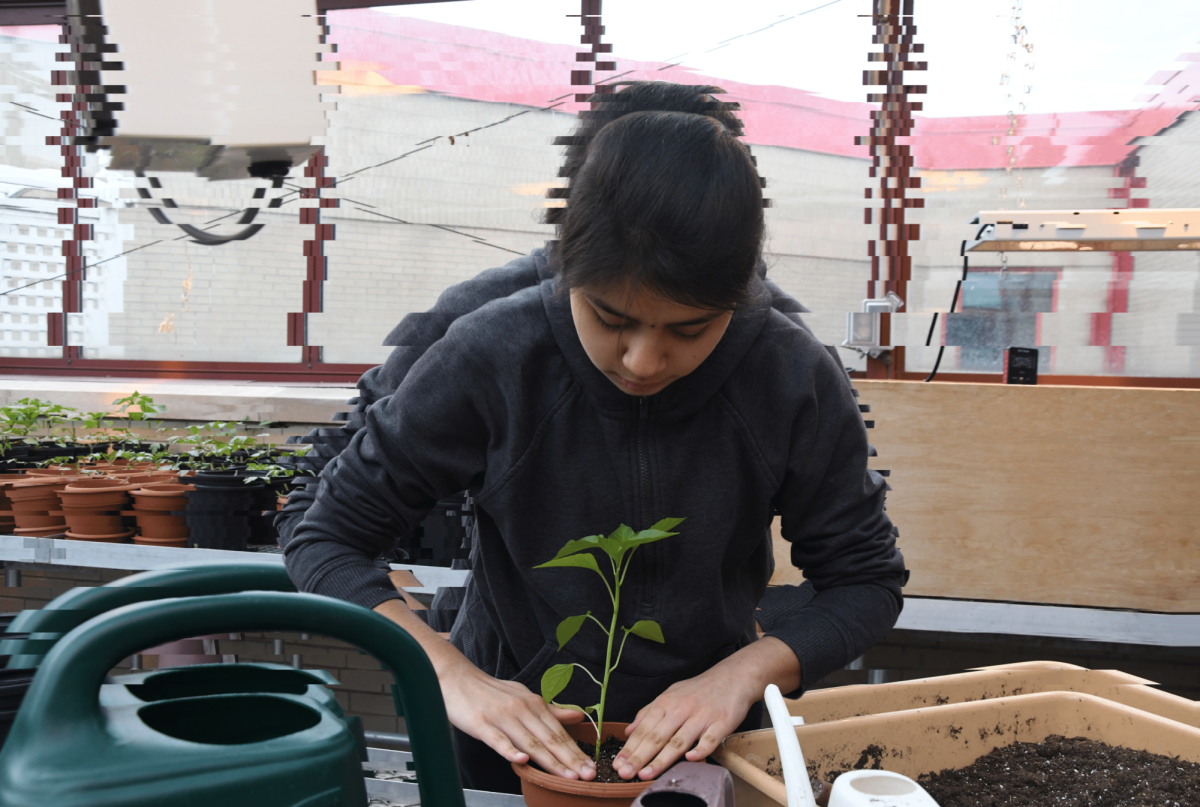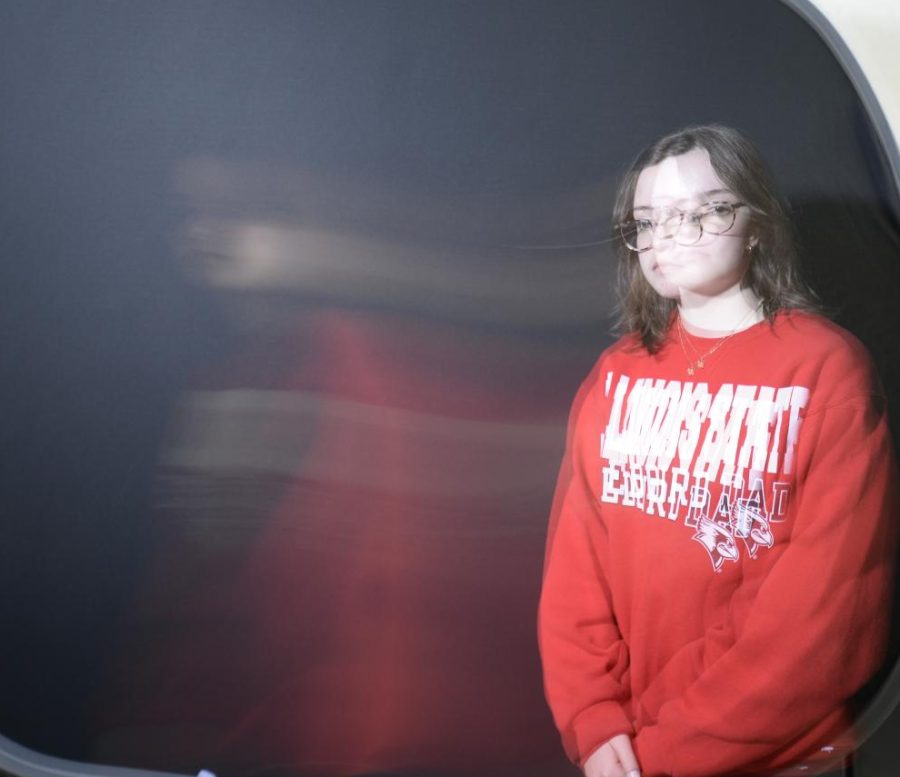Editorial: Bridging the Gap
November 15, 2021
 Each year, students file into the field house or auditorium, buzzing with anticipation for the new school year. By the end of it, however, that energy is replaced by the familiar burden of school rules and discipline, this lack of motivation only growing as the school year goes on. As time passes, students soon learn that there are more powerful, unspoken rules that govern the student body. Rarely through conversation, we learn which classrooms are safe to hide our phones behind a laptop screen and which teachers to ask to use the bathroom five minutes before class ends.
Each year, students file into the field house or auditorium, buzzing with anticipation for the new school year. By the end of it, however, that energy is replaced by the familiar burden of school rules and discipline, this lack of motivation only growing as the school year goes on. As time passes, students soon learn that there are more powerful, unspoken rules that govern the student body. Rarely through conversation, we learn which classrooms are safe to hide our phones behind a laptop screen and which teachers to ask to use the bathroom five minutes before class ends.
These hidden rules beg a serious question about the impact of school rules in the first place—have we learned to do what’s right for the sake of it, or to simply fear the consequences of getting caught? In an environment where academics and sports are at times prioritized over mental health or student solidarity, we learn to place value on getting by. Take cheating, for example—though on the surface students and administration alike condemn the act, many students value getting an A even more, at times using any means necessary. Even more, these seemingly universal, hidden rules do not apply to each student equally.
This was especially true during eLearning last year. With half the student body at home, as well as increased stress due to the challenges of the year, rule enforcement was more lax, and at-home students were less subject than those in school. This year as well, this attitude of leniency among students has continued, this evident in student phone and dress code infractions. Despite this, we can use our fully in-person return this year to not just return to the status quo prior to covid, but reframe the impact of school rules completely.
Squashing misbehavior has, and continues to be, an issue every school faces. Though reasons for acting out vary from student to student, there are systemic factors that put some at a disadvantage. According to research done by the IDOE, two-thirds of public schools lack Black teachers. Furthermore, numerous studies, such as one by American University’s School of Education, show that Black students with Black teachers tend to have better scores on common assessments, fewer discipline referrals, better attendance rates and higher enrollment in honors and Advanced Placement courses.
Knowing this, one clear solution would be to hire more diverse teachers. Representation matters, yet schools often lag behind in matching their teacher demographic with their students. According to data taken by the Indiana Department of Education’s Civil Rights unit in 2017, Black students only made up 8.5% of the student population at MHS, yet accounted for almost 23% of in school suspensions and nearly 28% of out-of-school suspensions. With the Black student population now at 10.2% as of last school year, this issue has become even more visible—throughout our reporting this issue, Crier found a general consensus among students: disproportionate punishment based not only on race, but how outgoing, smart or athletic the student is has become clear.
Despite this, there are means for students to take matters into their own hands. Organizations like Inclusion Diversity Equity Awareness keep an open dialogue about what school rules teach us. A sustainable future in which students and administrators alike work collaboratively to change school policies to better fit the student body can make rules not only more engaging, but meaningful for students.




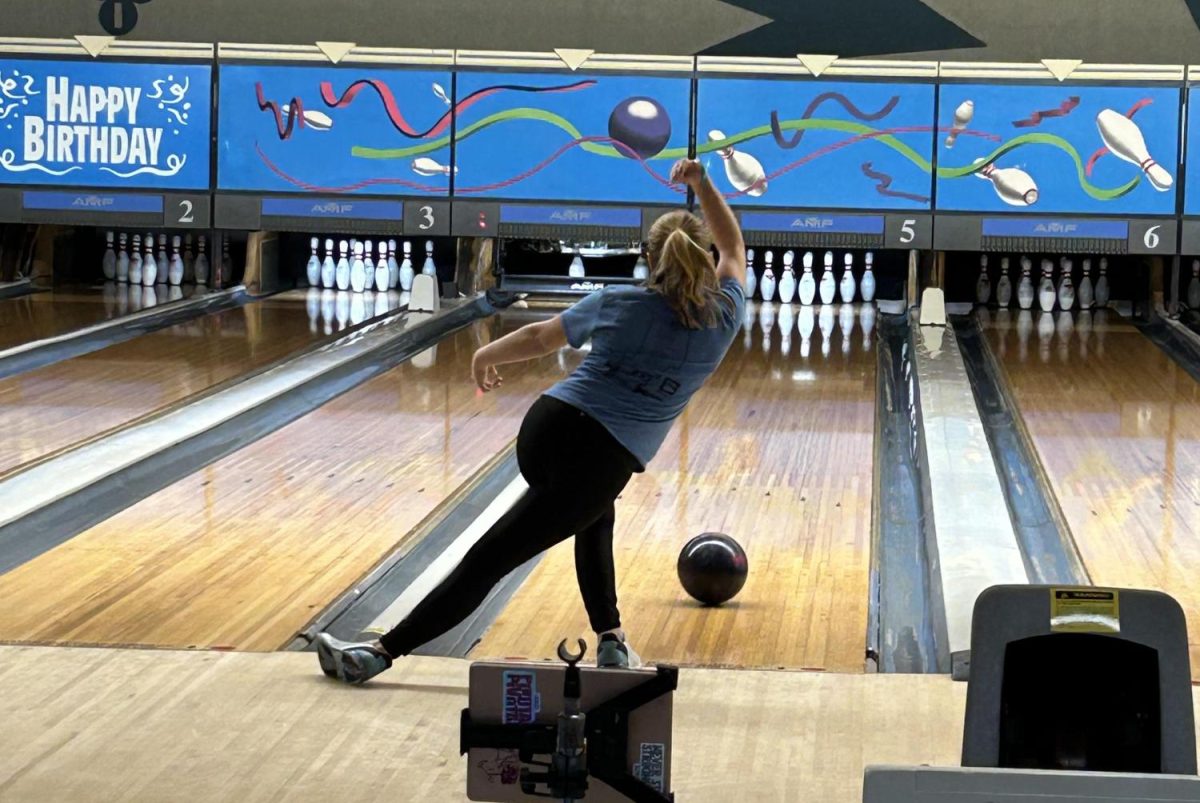





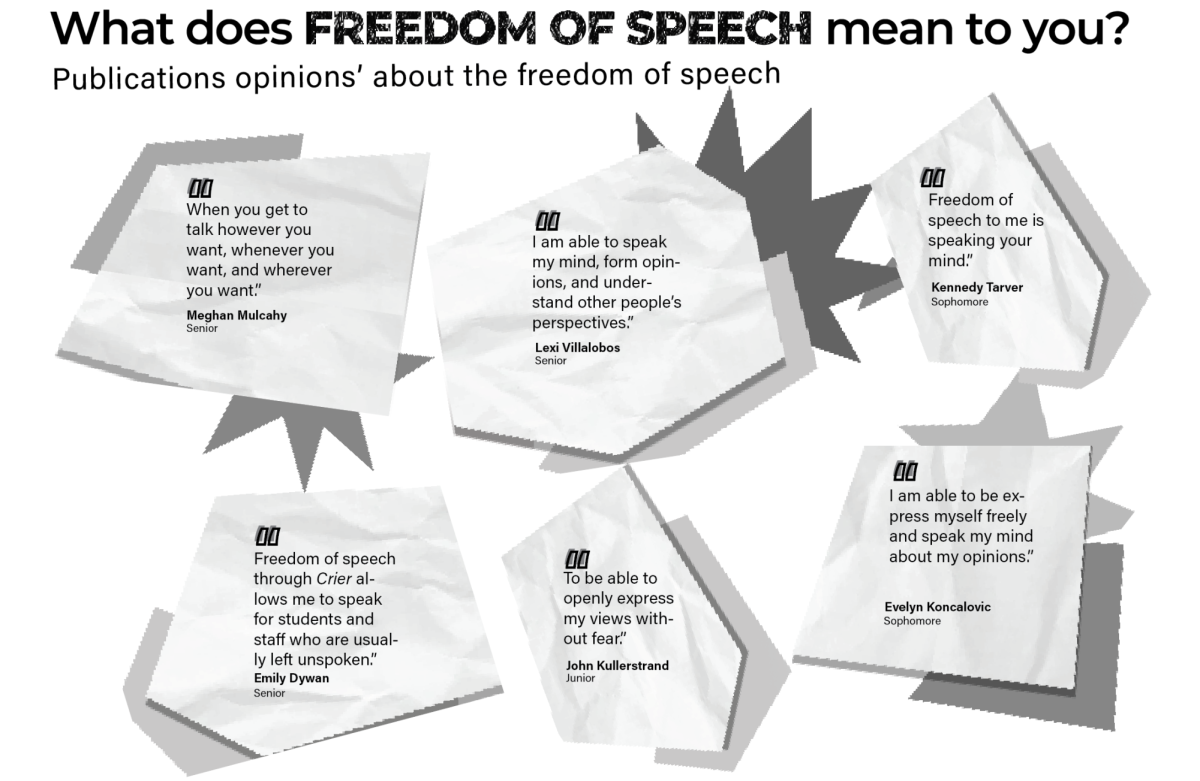










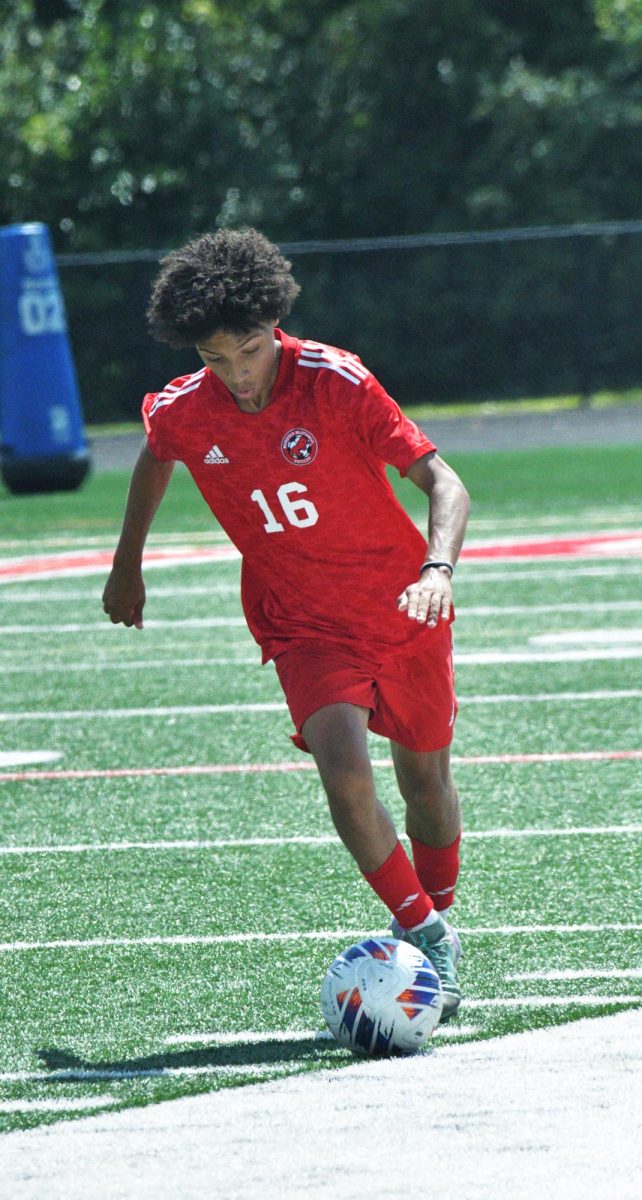
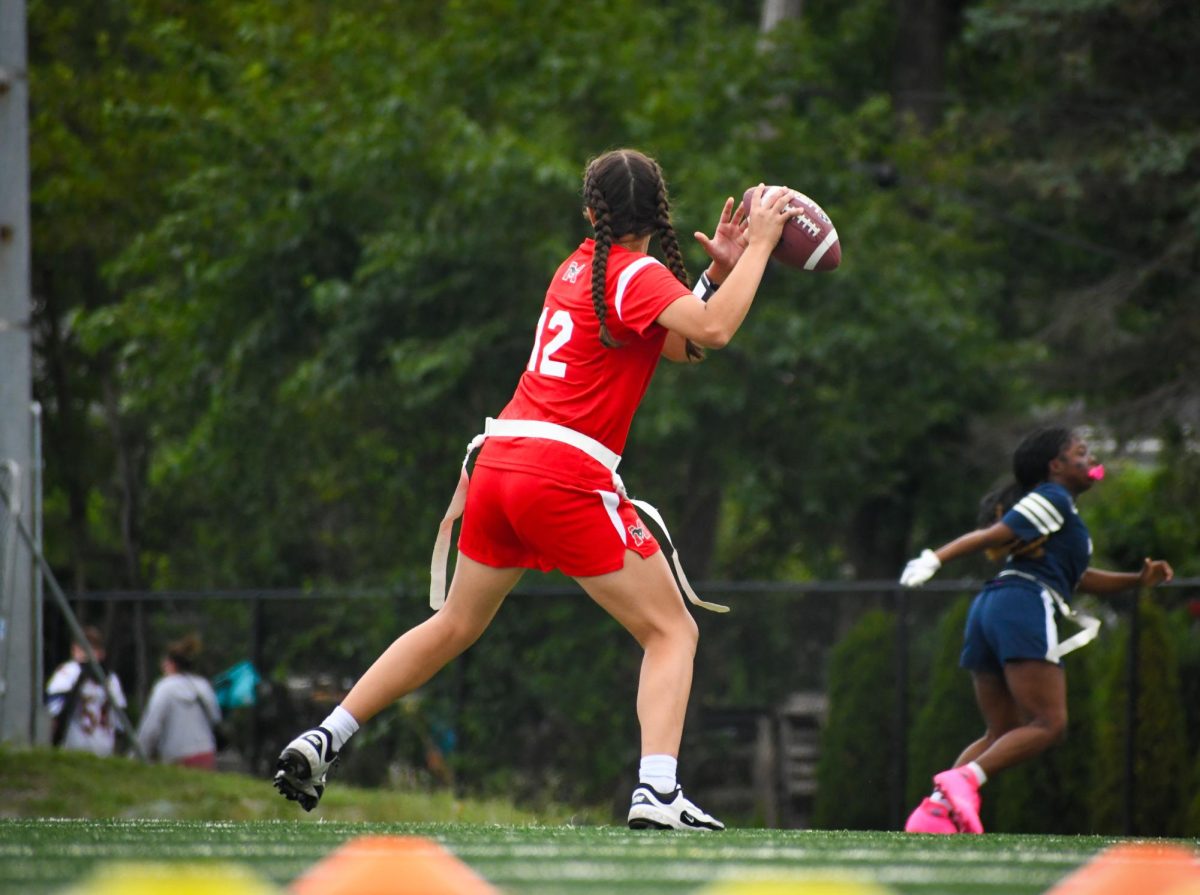
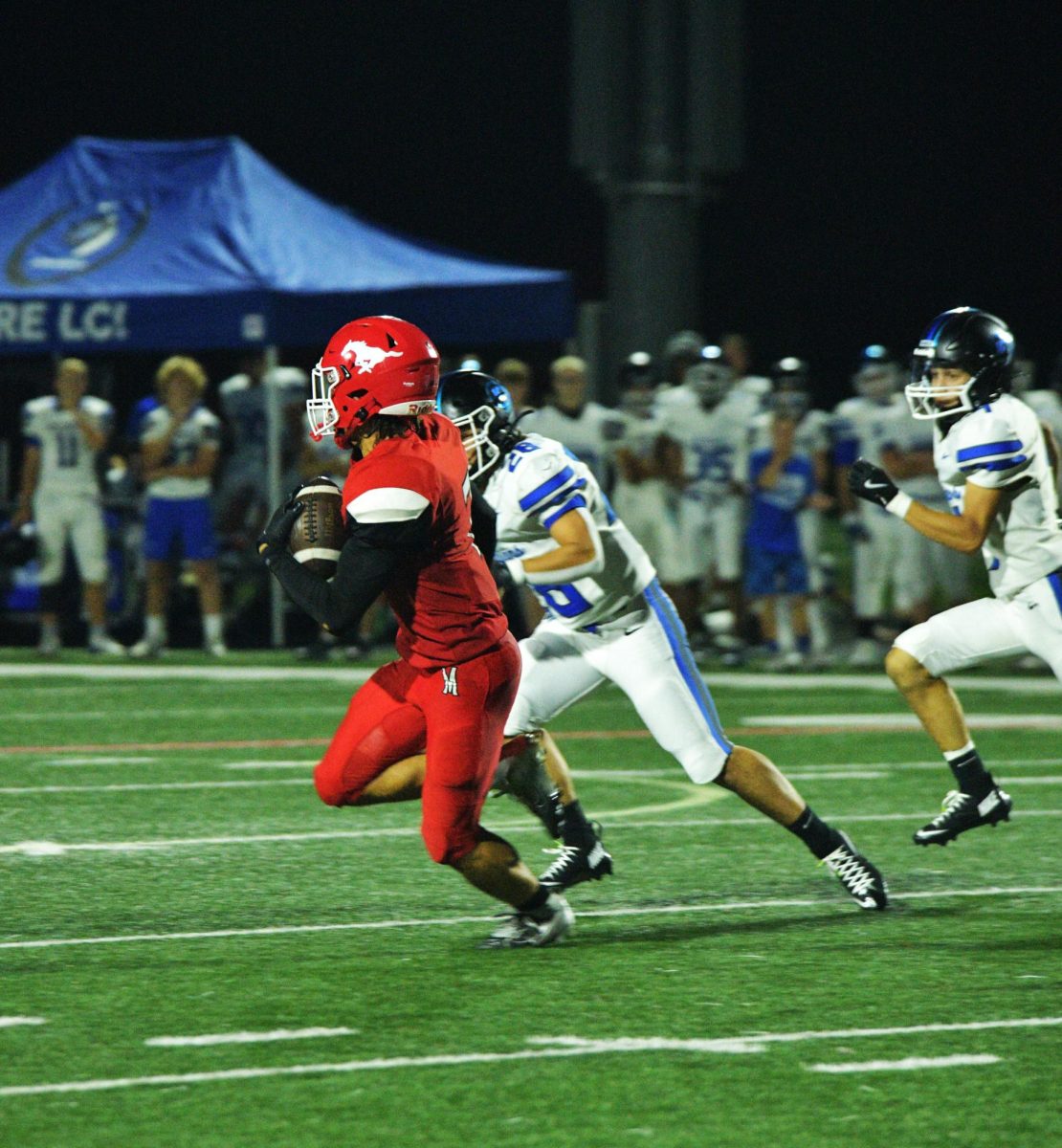

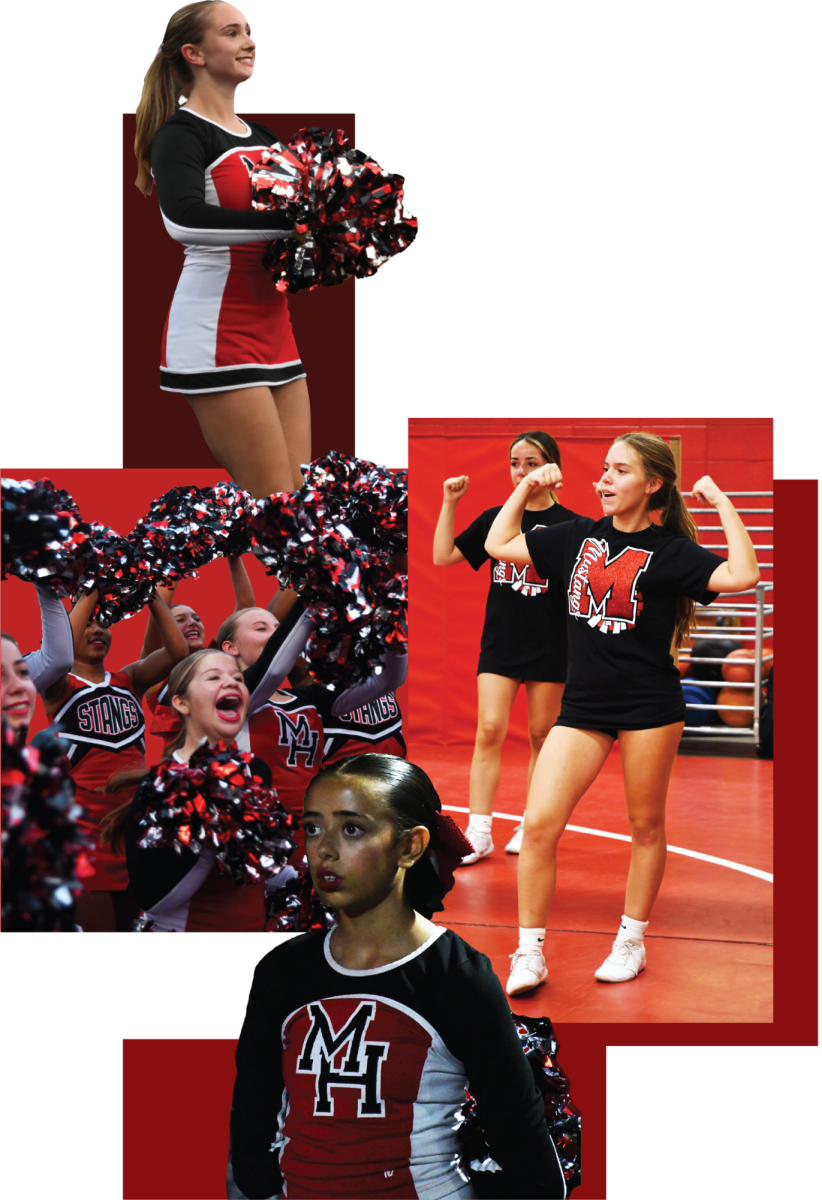
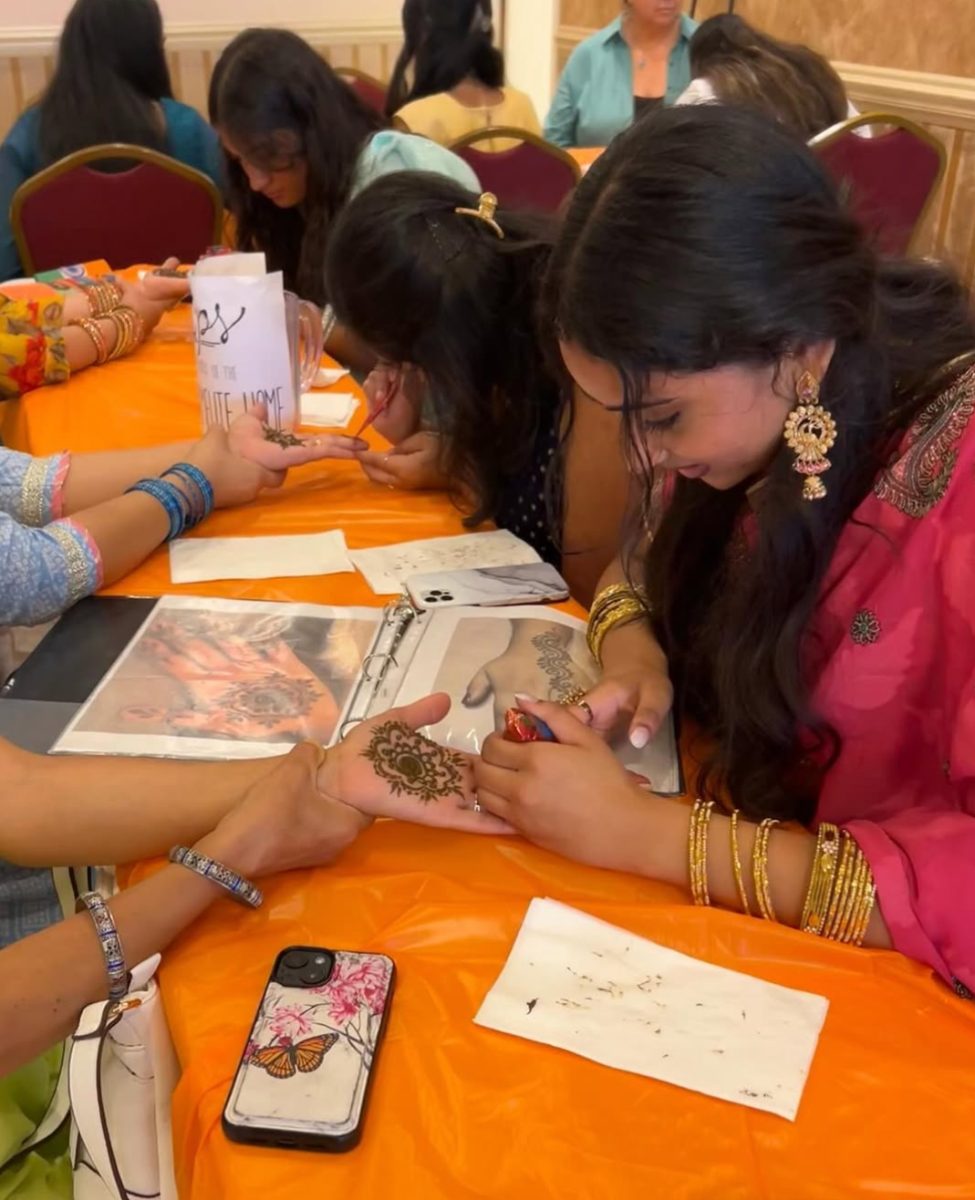

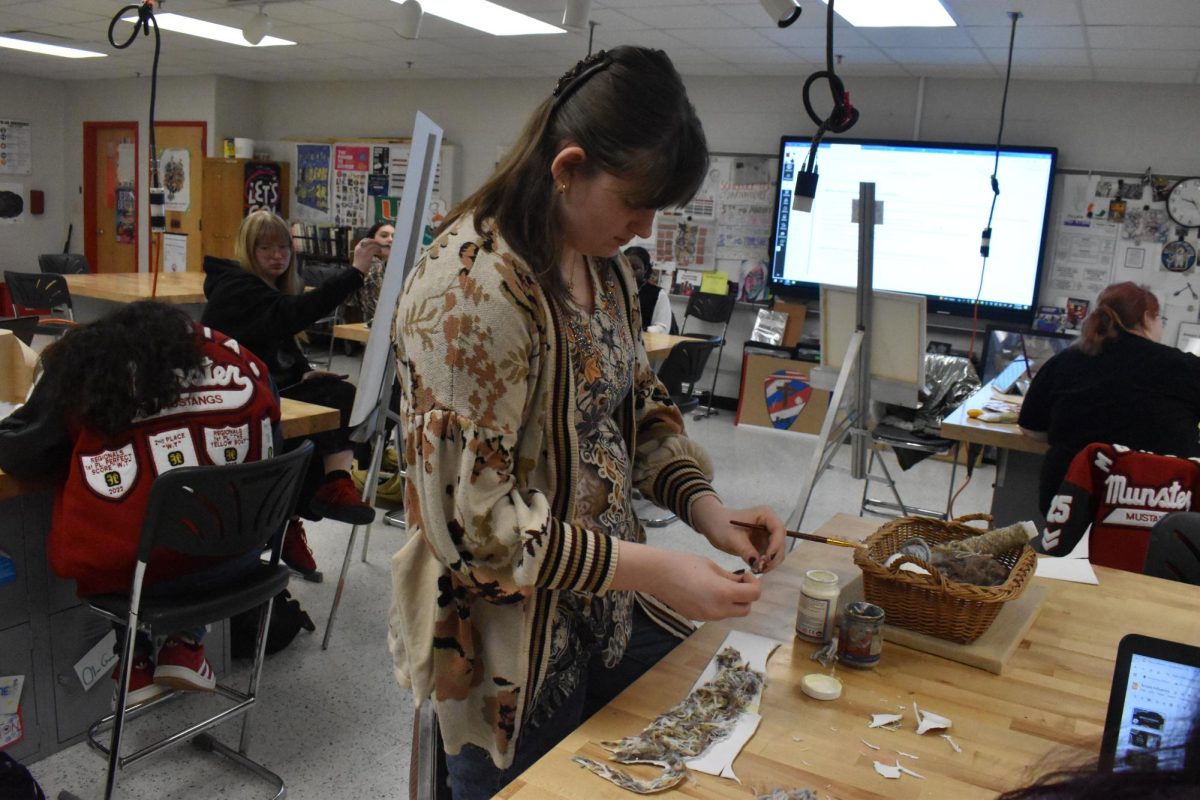

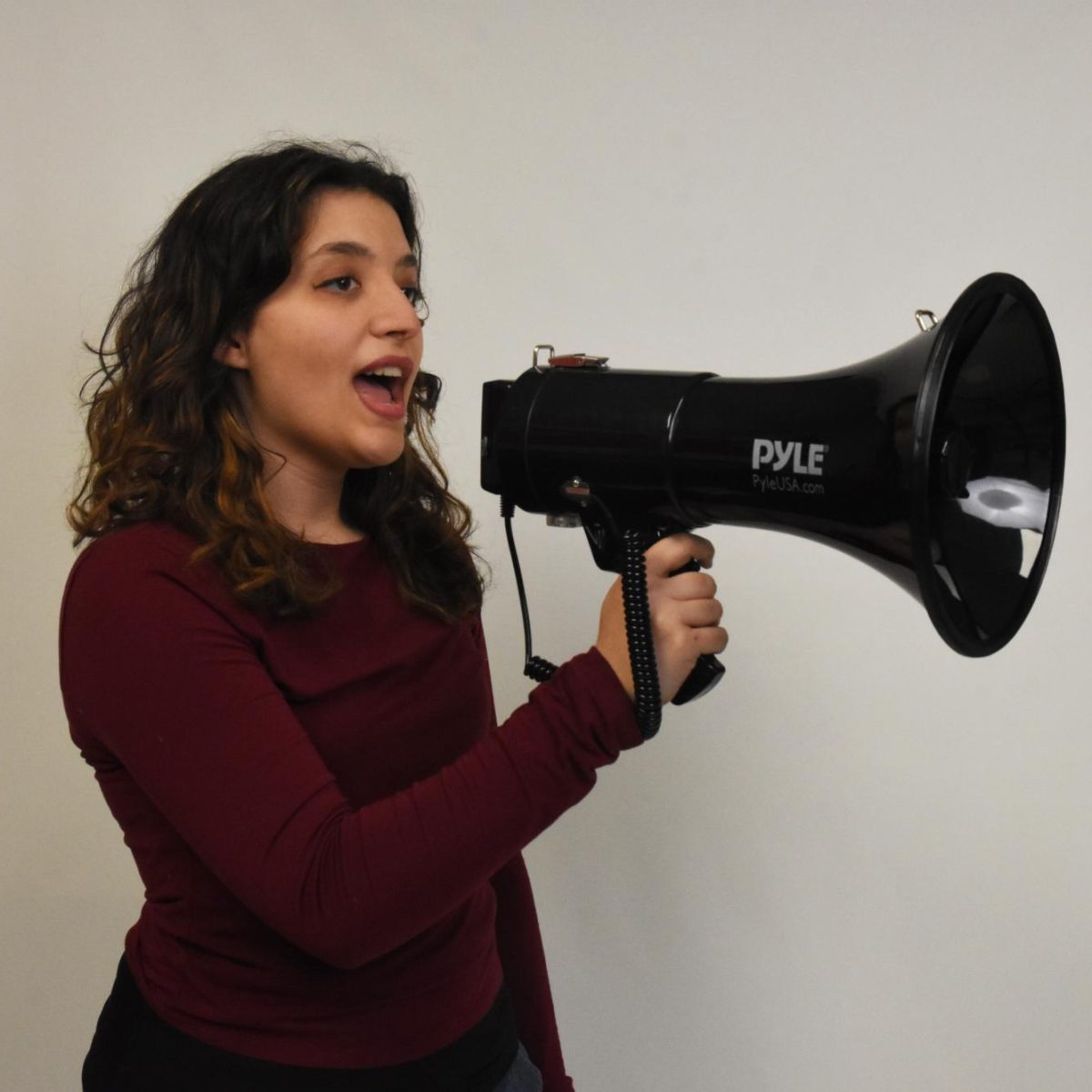
![SNAP HAPPY Recording on a GoPro for social media, senior Sam Mellon has recently started a weekly sports podcast. “[Senior] Brendan Feeney and I have been talking about doing a sports podcast forever. We love talking about sports and we just grabbed [senior] Will Hanas and went along with it,” Mellon said.](https://mhsnews.net/wp-content/uploads/2025/04/sam-892x1200.png)

